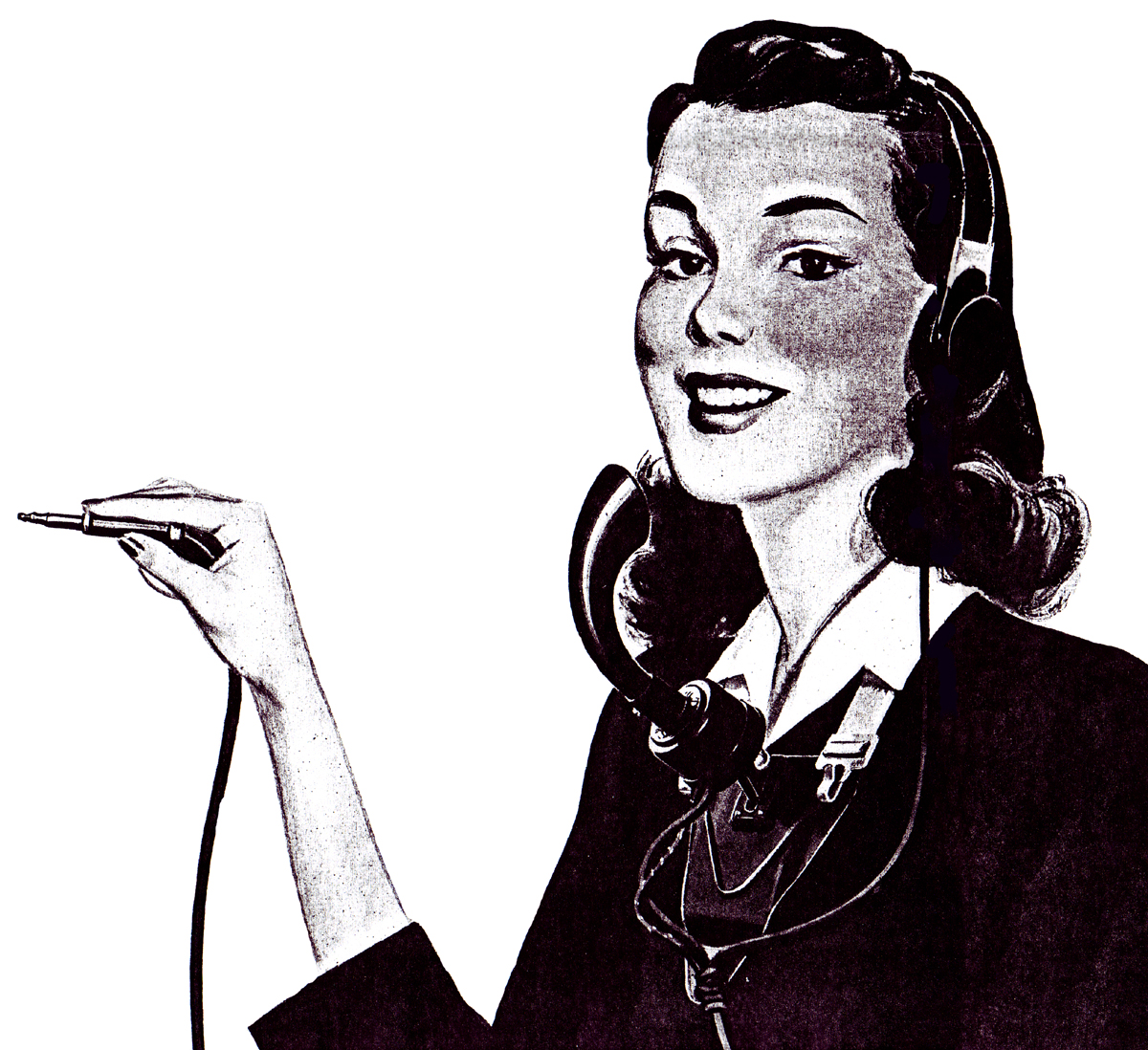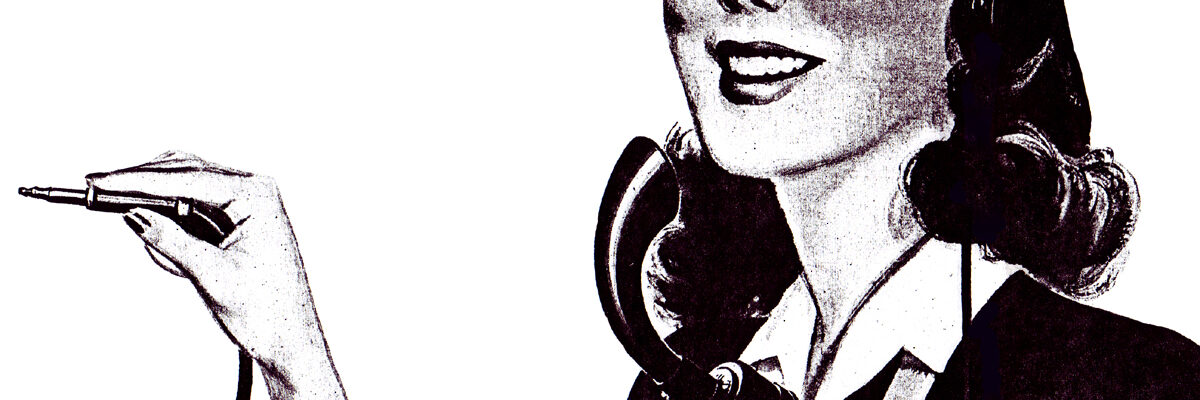A favorite program from radio’s golden age was Lum and Abner, originating in 1931 with this opening dialog: (Three telephone rings): “By grannies, Abner, I believe that’s our ring.”… “I doggies Lum, I believe you’re right.”… “I’ll see. Hello, Jot’ Em Down Store, this is Lum and Abner.” Lum’s comment, “I believe that’s our ring,” vividly illustrates the improvements made in phone service since Alexander Graham Bell invented this unique contrivance in March 1876.
In the 1940s, my family’s telephone number was 1417J. Our family physician, Dr. Ray Mettetal, could be reached at 504, the Police Department at 57, and the Fire Department at 576. Even as late as 1953, the two lowest numbers in the city phone directory were 1J (G.D. Hardin) and 1W (G.M. Robertson). Not having rotary dials or push buttons on our phones, we simply placed the receiver to our ear until the operator (always a lady) responded with “number please.” After obtaining our number, she responded with a courteous “thank you,” that being the full extent of our “conversation.”
World War II imposed restrictions on phone usage as noted in a 1944 magazine: “When long distance lines are crowded and the operator asks you to please limit your calls to five minutes, it’s nice to hear you say, ‘I’ll be glad to.’” Phone service in the 1940s and 1950s seems antiquated by today’s standards, but was quite advanced compared to that of prior decades. Initially, telephones were beautiful wall mounted hardwood cabinets, containing a large black metal crank on the right side, and powered by large heavy batteries.

Telephone Operator Provided Valuable Service in the Early Days of Yesteryear
The shortage of cables in many areas required up to as many as nine families to share the same party line. The annoying fact was that all phones on a party line rang simultaneously, no matter who was being called. A combination of long and short rings was used to identify for which family the call was intended. A typical two-part “number” was 2512: circuit 25, one long and two short rings or 2521: circuit 25, two long and one short ring. Anybody on the party line could listen to the conversation of others. People learned to be cautious of the words uttered over the phone, lest the gossip mill start turning. A fundamental rule was to be cognizant of others’ phone needs and limit your call time. Failure to do so usually meant swift payback for the offending party.
To call someone on another party line, people rang the “central” operator by turning the crank with the receiver still on the hook.” The caller then gave her the number so she could ring the desired circuit. Lady Central kept a list of family names, circuit numbers, and ring sequences within eyesight of her workstation. I suppose this helps explain a Science Hill High School cheer of yesteryear: “Hello central, give us a line. We can beat Kingsport any old time.” Somehow, that doesn’t fit with a cellular phone. (boblcox@bcyesteryear.com).
